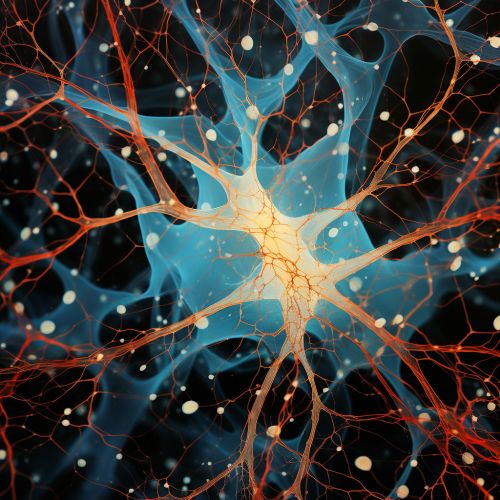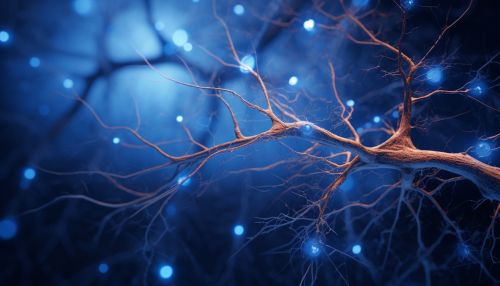Cognitive Neuroscience of Synaptic Pruning
Introduction
Cognitive neuroscience is a branch of neuroscience that explores the biological processes that help us to understand complex behaviors and cognitive functions. One of the key processes studied in this field is synaptic pruning, a natural process that plays a crucial role in the development of the neural circuits in the brain.


Understanding Synaptic Pruning
Synaptic pruning is the process by which extra neurons and synaptic connections are eliminated to increase the efficiency of neuronal transmissions. This process is vital for the proper development and functioning of the brain. It is during the early stages of life, particularly during infancy and adolescence, that the most significant synaptic pruning occurs.
The human brain, at birth, contains approximately 86 billion neurons. These neurons are interconnected through synapses, forming a complex network of communication channels. During the early years of life, the brain undergoes a period of rapid synaptogenesis, where the number of synaptic connections dramatically increases. This is followed by a phase of synaptic pruning, where unnecessary connections are eliminated, and the remaining ones are strengthened.
Mechanism of Synaptic Pruning
The exact mechanism of synaptic pruning is not fully understood, but it is believed to involve several steps. Initially, the brain produces an excess number of neurons and synapses. This overproduction is thought to allow for the potential of a wide range of neural connections and pathways.
Following this period of overproduction, the brain then begins the process of pruning, eliminating the weaker synaptic connections, while the stronger ones are reinforced and preserved. This process is influenced by a variety of factors, including environmental stimuli and genetic factors.
One of the key players in synaptic pruning is the microglia, the brain's primary immune cells. Microglia are responsible for removing dead or damaged cells from the brain, including unnecessary synaptic connections. They do this through a process known as phagocytosis, where they engulf and digest the unwanted cells or connections.
Role in Cognitive Development
Synaptic pruning plays a critical role in cognitive development. By eliminating unnecessary synaptic connections and strengthening the important ones, the brain is able to become more efficient and effective in processing information. This process is crucial for the development of various cognitive abilities, including memory, attention, and problem-solving.
During the early years of life, the brain is highly plastic, meaning it is capable of forming new connections and pathways in response to learning and experience. This plasticity allows for the rapid development of cognitive abilities during childhood. However, as we age, the brain becomes less plastic, and the rate of synaptic pruning decreases. This decrease in synaptic pruning is believed to contribute to the cognitive decline associated with aging.
Implications in Neurological Disorders
Abnormalities in synaptic pruning have been implicated in several neurological disorders. For example, excessive synaptic pruning has been associated with schizophrenia. Studies have found that individuals with schizophrenia often have fewer synaptic connections in certain areas of the brain, suggesting that over-pruning may be occurring.
On the other hand, insufficient synaptic pruning has been linked to autism. Research has shown that individuals with autism often have an overabundance of synaptic connections, particularly in the early years of life. This overabundance of connections may contribute to the sensory overload and social difficulties often experienced by individuals with autism.
Conclusion
Synaptic pruning is a vital process in the development and functioning of the brain. By eliminating unnecessary connections and strengthening important ones, the brain is able to become more efficient and effective in processing information. Understanding the mechanisms and implications of synaptic pruning can provide valuable insights into various neurological disorders and could potentially lead to the development of new therapeutic strategies.
